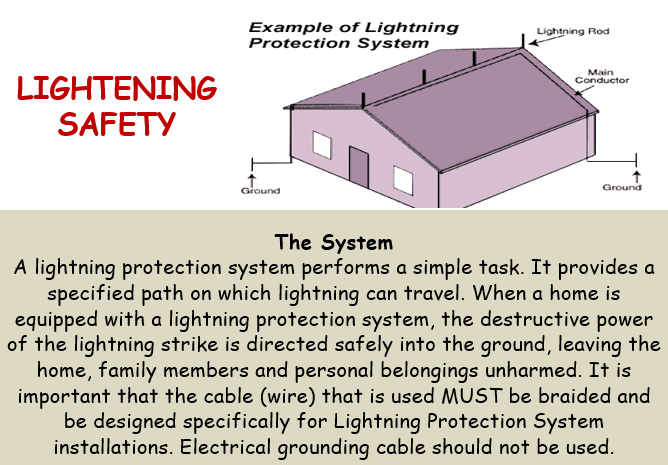


A lightning strike is an electric discharge between the atmosphere and an earth-bound object.[citation needed] They mostly originate in a cumulonimbus cloud and terminate on the ground, called cloud to ground (CG) lightning. A less common type of strike, called ground to cloud (GC), is upward propagating lightning initiated from a tall grounded object and reaches into the clouds. About 25% of all lightning events worldwide are strikes between the atmosphere and earth-bound objects. The bulk of lightning events are intra-cloud (IC) or cloud to cloud (CC), where discharges only occur high in the atmosphere.
A single lightning event is a "flash", which is a complex, multi-stage process, some parts of which are not fully understood. Most cloud to ground flashes only "strike" one physical location, referred to as a "termination". The primary conducting channel, the bright coursing light that may be seen and is called a "strike", is only about one inch in diameter, but because of its extreme brilliance, it often looks much larger to the human eye and in photographs. Lightning discharges are typically miles long, but certain types of horizontal discharges can be upwards of tens of miles in length. The entire flash lasts only a fraction of a second. Most of the early formative and propagation stages are much dimmer and not visible to the human eye.